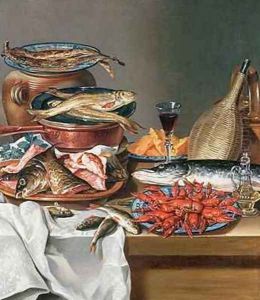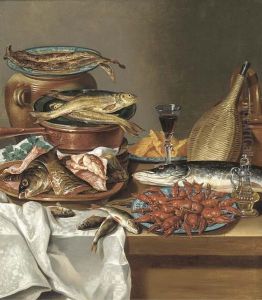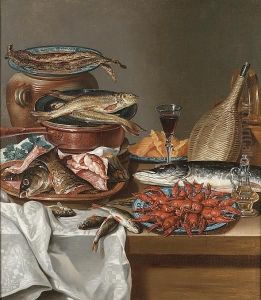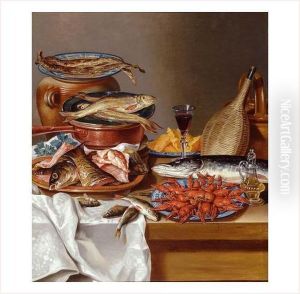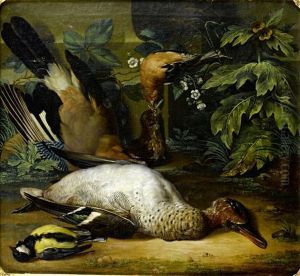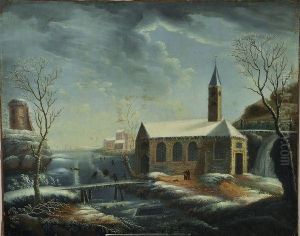Anton Friedrich Harms Paintings
Anton Friedrich Harms was a German artist known for his work in the Baroque period. However, I must clarify that there is a limited amount of information readily available about Harms, as he is not among the most extensively documented artists of his time. Due to this, his biography might not be as detailed or as widely known as those of his contemporaries.
Born in 1695, Harms lived during a period when the Baroque style dominated European art. This era was characterized by grandeur, drama, and movement, which were expressed in paintings, sculptures, architecture, and music. Artists of the Baroque period sought to evoke emotional responses and highlight the glory of the church and the monarchy.
Though specific details about Harms' early life and training are scarce, it is likely that he would have been trained in the prevalent styles of the time, mastering the techniques that defined the Baroque aesthetic. He would have worked with the rich color palette, the play of light and shadow, and the dynamic compositions that were hallmarks of the era.
Harms' career would have unfolded in the context of the political and cultural shifts of the early 18th century. During this period, artists often relied on patronage from the church and noble clientele, which influenced the subjects and themes of their artwork. Harms, like many artists of his day, would have had to navigate these relationships to sustain his career.
Unfortunately, specific works attributed to Anton Friedrich Harms are not well documented or may not have survived to the current day, which makes it difficult to provide a thorough appraisal of his oeuvre. There might be some confusion with other individuals with similar names or his works might be underrepresented in art historical literature.
Anton Friedrich Harms passed away in 1744. Despite his apparent obscurity in modern times, it is important to remember that the artistic landscape of the Baroque period was rich and varied, with many artists contributing to the culture of their time, even if not all of them achieved lasting fame. Harms was part of this vibrant artistic milieu, and his work, though not well recorded, would have reflected the tastes and styles that were prevalent during his lifetime.
